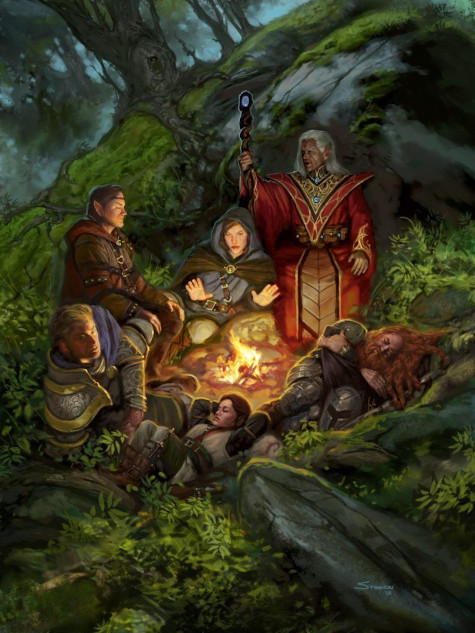Injuries in Dungeons & Dragons are important for two reasons: they add realism to the game and they can be used to add humor. By making injuries last longer, it gives the players a sense of realism and danger that they may not feel if they simply healed back up to full hit points after every battle. It also allows for some interesting role-playing opportunities, such as a character with a permanent limp trying to negotiate a difficult terrain. Finally, it can be fun to see how creative the players can be in dealing with their injuries and add depth to a game.
With the release of the Exhausted condition in the new OneDnD Playtest, injuries can be tracked in a way common with other game rules.

Injured [Condition]
While you are subject to the Injured Condition you experience the following effects:
Levels of Injury. This Condition is cumulative. Each time you receive it, you gain 1 level of injury. You die if your injury level exceeds 10.
d20 Rolls Affected. When you make a d20 Test, you subtract your injury level from your d20 roll.
Spell Save DCs Affected. Subtract your injury level from the Spell save DC of any Spell you cast.
Gaining the Condition. A character gains 1 level of Injury when they return from 0 hp if they have failed a death save or if they are damage by more than half their max hit points from a single source of damage.
Recovering. Immediately after finishing a Long Rest the character may make a DC 10 Constitution Test, removing 1 level of injury on a success. Characters who fail by rolling a 1 gain an additional injury level. Another character may make a Medicine Test DC 10 + Injury level to give the character advantage when rolling for recovery. When their injury level reaches 0, the character is no longer injured.
Considerations
Adding a new track for damage needs to be delt with smoothly in relation to other elements of the system. Natural healing and medicine checks are addressed in the condition. This leaves how you might interact with the design and intention of existing classes, spells, and magic items in the game.
Design & Running
While managing survival and risk elements can be fun with the right player, there are a few things a DM should be cautious of. First, beware of creating a “death spiral” in your encounters where negative effects lead to more negative effects. Second, the flow of an encounter is no longer about the number of resources used, and players will need an opportunity to retreat. Third, consider how the group will best deal with the die modifications. This system is simple enough that you could either rely on the player to modify their roll, or ask the DM to modify DCs instead. Finally, be aware that this is suited for a particular style of play and not for every player. Talk to your group about it.
Classes
Think about what your expectations are for classes, particularly the Warrior Group to deal with Injuries. Likely they will need some way to deal with injuries unique to their role as they are most likely to get injured. As such a Warrior Feat or class ability could be added like so.
Shrug it Off
A character can choose to tap their deep reserves of fortitude to avoid taking an injury level from damage. They can use this ability once, and regain the ability to do so after a Long Rest.
Spells
Magical healing is a reality in DnD and choosing how Injuries interact with magic is an important management tool. The trick is not to introduce a risk that you immediately negate with a too easily accessible feature. I recommend adding an effect to the Lesser Restoration spell that allows it to remove 1 level of Injury from the target.
Magic Items
Similar to spells, healing from magic items should be considered. As with spells, I would recommend adding a single Injury level removal effect to a potion of Lesser Restoration.
Conclusion
Lingering injuries and impact of choices beyond a single game day is one of the most discussed topics in DnD circles. It has been particularly difficult in 5e DnD because of the lack of granular minus. The playtested Exhausted condition provides an elegant way to introduce that and can easily be used for Injuries as well. A simple status track like this does not add much overhead to the play experience, and adding a dimension of injury management can create more fun for players seeking a gritty game. Furthermore the system provides an incremental injury system so players can look at their risk more strategically over the source of an encounter.
Now get out there and run some great games!